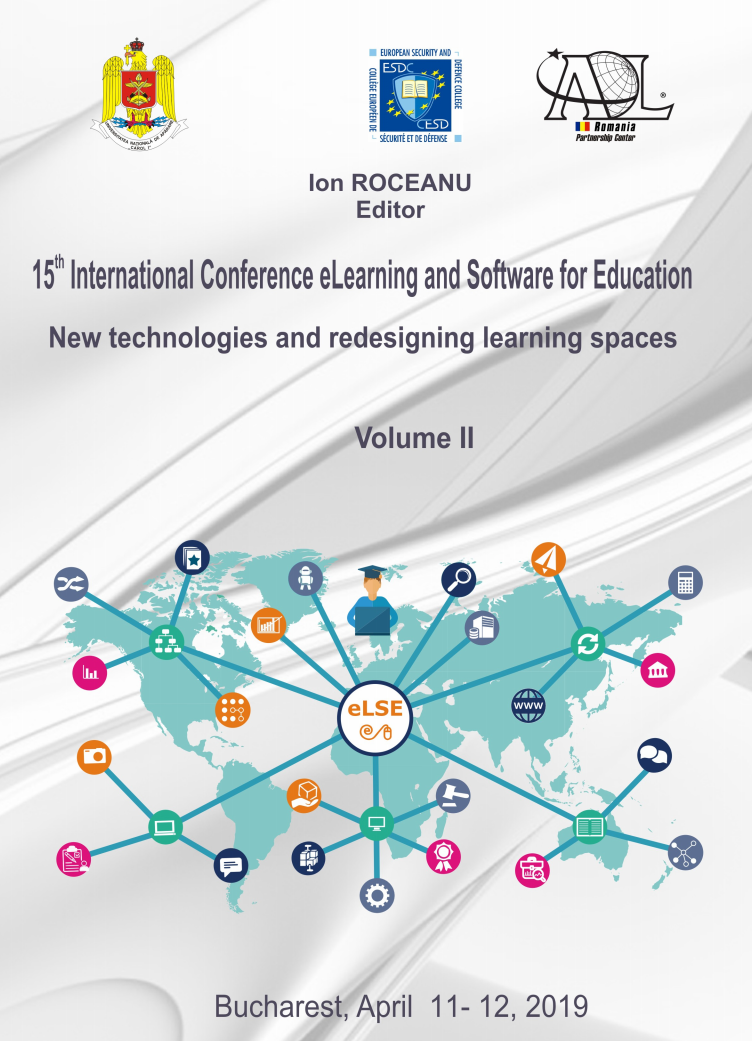Risks of Socio-Psychological Adaptation of Disabled Wheelchair User in New Distance Learning Environments
Risks of Socio-Psychological Adaptation of Disabled Wheelchair User in New Distance Learning Environments
Author(s): Olga Volkova, Anastasia Bembena, Yuliya ArtyomovaSubject(s): Social Sciences, Education, Higher Education
Published by: Carol I National Defence University Publishing House
Keywords: socio-psychological adaptation; disabled wheelchair user; distance learning environments;
Summary/Abstract: The article proves the necessity of study possible risks of socio-psychological adaptation of disabled user wheelchair in a new distance learning environment. A few decades ago, disabled user wheelchair had limited opportunities both for geographical movement and for getting higher professional education. In a new distance learning environment above mentioned category of people has an opportunity to get a wide range of professions due to higher educational institutions which provide great opportunities for distance learning. However, getting education in a distance form gives rise to risks of serious violations in the socio-psychological adaptation of disabled user wheelchair. The article presents the results of joint research and practical work of Laboratory of Social Projects of Belgorod State University, Department of Internal and Personnel Policy of Belgorod region and Non-governmental Public Organization of Social Initiatives "Vera". The project was being implemented in Belgorod region (Western region of Russia) from February until August 2018. The study identified the following risks of socio-psychological adaptation of disabled user wheelchair: (1) exacerbation of socio-psychological state of loneliness; (2) lack of professional skills to work together and achieve a collectively significant result; (3) emotional deprivation and socio-psychological isolation in a labor collective. In the process of implementation of the program there were established the most effective interactive methods of distance learning disabled user wheelchair directed to permanent interaction and dialogue. They are as follows. (1) Method of distance work in permanent pairs and pairs of replacement part. Permanent pairs consist of two students working together during the academic year. A pair of replacement part implies a dynamic pair in which there can be a change of partners once a semester. A variable pair means that a work in it can last until one of the students expresses a desire to change a partner. (2) Method of mass network interaction in solving practical professional problems (case-study). For this purpose, a group is created by random selection in a computer program. (3) Method of visualization. It means recording, that is, off-line–communication in real time and on-line-communication as a video dialogue. It takes place in real time and allows for "live" interaction both students and teachers in a learning process.
Journal: Conference proceedings of »eLearning and Software for Education« (eLSE)
- Issue Year: 15/2019
- Issue No: 02
- Page Range: 149-155
- Page Count: 7
- Language: English

